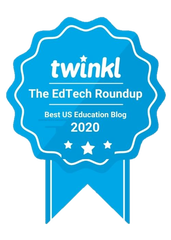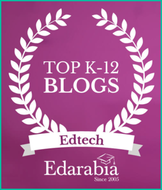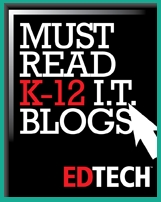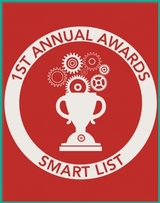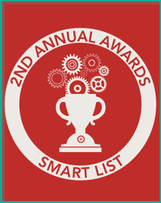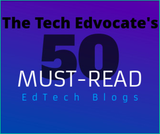most comprehensive and definitive survey to-date, quantifying how video is
transforming the way we teach, learn, and communicate
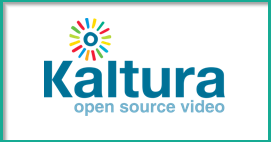
One particular area of interest for the education community is the ideal length of time for educational video content. Respondents overwhelmingly consider ten minutes or under as optimal (71%), which may be a reflection of students’ desire for shorter YouTube-length content. However, 28% of the educators questioned single out 10-30 minutes as the optimal length, perhaps influenced by the popularity of the 18-minute TED video format. This insight is important as organizations design the most effective support models and pedagogical practices for outcomes improvement.
Highlights include:
- 40% of respondents rate students’ digital literacy levels as ‘very good’ versus 23% for teachers, indicating that teachers should consider enhancing their digital literacy skills to keep pace with students.
- Students and educators are becoming much more confident about creating their own video content: 93% of respondents say that teachers create custom videos, while 88% call out students as creators of videos at their organizations.
- Video is becoming pervasive: 67% of respondents say that video is used in student assignments, while 59% say it is used for lecture capture.
- 79% of institutions today employ one or more ROI measure to analyze their use of video. 47% of respondents measure usage, 45% use surveys or feedback, and 27% measure learning outcomes. This compares favorably to last year’s survey results, when fewer than 50% of institutions measured ROI.
- Using video for remote teaching/learning is now commonplace in higher education (66%), while flipped classrooms are becoming a widely used form of pedagogy (46%).
- Video is also used in a wide range of use cases outside the classroom including: recording campus events for on-demand viewing (53%), marketing and communications (50%) and even as part of the admissions process (24%).
- 70% of institutions use webcasting for various purposes including teaching (47%), training (42%) and broadcasting live events (42%).
Respondents included educators, instructional designers, IT professionals, digital media professionals, senior administrators and students from around the globe. Around two thirds were drawn from higher education and a quarter from K-12 institutions.
Video, a key pillar in the drive towards improved digital literacy, brings considerable benefits to educational institutions: streamlined admissions, increased retention, and improved learning outcomes.
A few comments from respondents include:
- “[In the future] faculty will serve as coaches, curators of content, and facilitators to a far greater extent, and students will be receiving content via video and other media. This means video serves an essential role in changing faculty from lecturers to facilitators of active learning.”
- “Student feedback is unanimous on how video content assists their learning, either as a revision tool or just content that is more engaging than just reading text after text.”
- “Server monitoring indicates high spikes in student [video] review close to exams. Faculty reports an overall improvement in grades when elective lecture capture is employed."
“Our second study on video in education provides some fascinating insights into how video is perceived and used across educational institutions today, as well as the latest trends in digital/video literacy, best practices and future use cases. We were overwhelmed by the breadth and depth of responses, which emphasizes what a hot topic this is today. Harnessing the power of engaging video experiences to achieve improved outcomes – for example, a better grade in exams/assignments or more effective knowledge transfer - is becoming an essential skill across the sector,” said Kaltura Chairman and CEO, Ron Yekutiel.
To download a copy of the report, please click here.
About Kaltura
Kaltura’s mission is to power any video experience. A recognized leader in the OTT TV (Over the Top TV), OVP (Online Video Platform), and EVP (Enterprise Video Platform) markets, Kaltura has emerged as the fastest growing video platform, and as the one with the widest use-case and appeal. Kaltura is deployed globally in thousands of enterprises, media companies, service providers and educational institutions and engages hundreds of millions of viewers at home, in work, and at school. The company is committed to its core values of openness, flexibility, and collaboration, and is the initiator and backer of the world's leading open-source video-management project, which is home to more than 100,000 community members. For more information visit www.kaltura.com,www.kaltura.org, or www.html5video.org.






